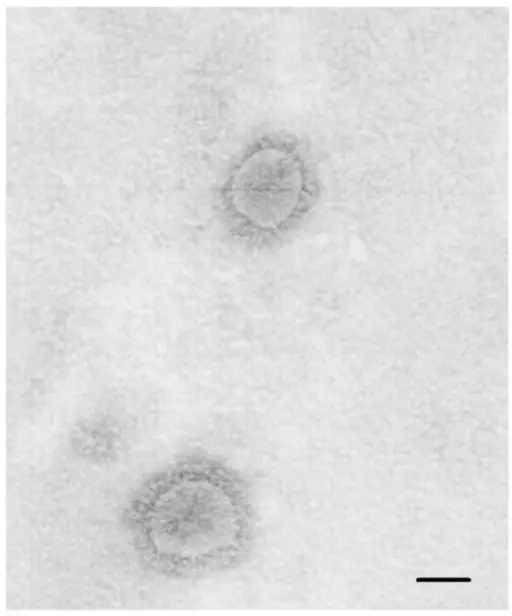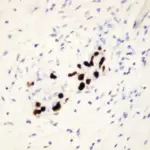Coronavirus is a virus that can cause mild to severe respiratory illness, including death.
What is the Pathology of Coronavirus?
The pathology of coronavirus is:
-Etiology: The cause of coronavirus is a virus strain.
-Genes involved: Not applicable.
-Pathogenesis: The sequence of events that lead to coronavirus are: the virus accesses host cells via the receptor for the enzyme angiotensin-converting enzyme 2 ACE2, which is most abundant on the surface of type II alveolar cells of the lungs.
-Morphology: The morphology associated with coronavirus shows host membrane-derived lipid bilayer encapsulating the helical nucleocapsid comprising viral RNA, 70-90nm in size.
-Histology: The histology associated with coronavirus shows diffuse alveolar damage and fibrinoid necrosis.
How does Coronavirus Present?
Patients with coronavirus typically are all genders at the age range of 45 years and older. The symptoms, features, and clinical findings associated with coronavirus include: tiredness, loss of taste or smell, fever, cough.
How is Coronavirus Diagnosed?
Coronavirus is diagnosed by laboratory tests such as nasopharyngeal swab, throat swab or saliva.
How is Coronavirus Treated?
Coronavirus is treated by self-care, medication.
What is the Prognosis of CoronaVirus?
The prognosis of coronavirus is good.



